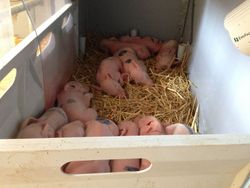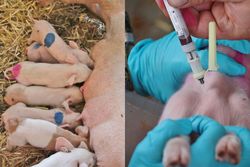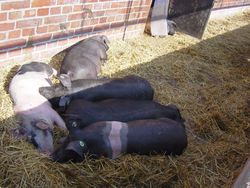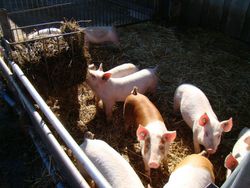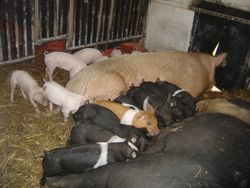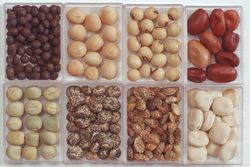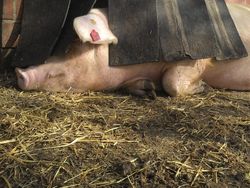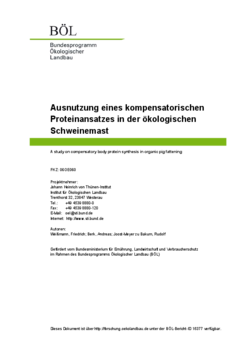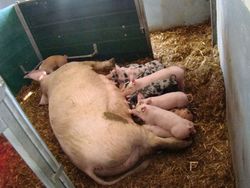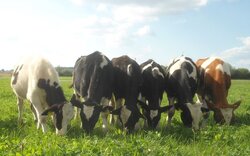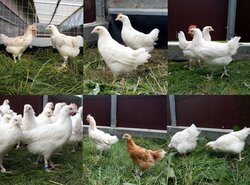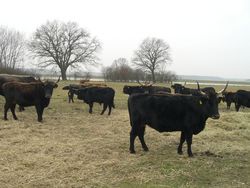Meat production
Development of sustainable production methods In organic agriculture, meat production is least-developed. The most important problem is the high nutrient requirement of monogastric livestock like pigs and poultry concerning economic performance and marketable carcass and meat qualities. Projects mainly focus on the examination of suitable genotypes and diets of 100 % organic origin (genotype-environment-interaction) concern
ing product and process qualities to improve the production systems and the profile of organic agriculture. Our practical research helps to develop environment- and animal-friendly, low-loss and profitable production systems which guarantee marketable carcass and meat qualities based on genotypes and diets of 100% organic origin.

![[Translate to English:] [Translate to English:]](/media/_processed_/8/e/csm_Bildschirmfoto_2021-03-03_bearb_fc48ac88bf.jpeg)
![[Translate to English:] [Translate to English:]](/media/_processed_/8/e/csm_Bildschirmfoto_2021-03-03_bearb_ba3ec0e9d7.jpeg)
![[Translate to English:] Common vetch: variety testing for agronomy and feeding of fattening pigs](/media/_processed_/b/1/csm_Wick4Pig_Homepage_Th%C3%BCnen-Honsdorf__Stepczynskk_Wiskandt_4a87a0e49f.jpg)
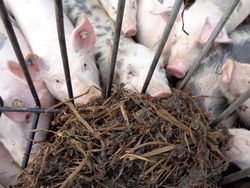
![[Translate to English:] InnoRind - Cattle Innovation Network – sustainable cattle farming in Germany, considering animal welfare, environmental impacts and social acceptance](/media/_processed_/d/7/csm_Logo_InnoRind_ee68863cfc.jpg)
